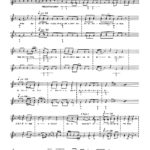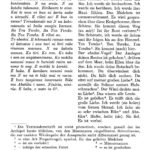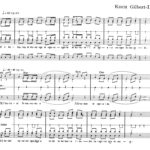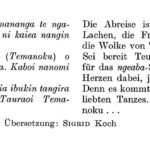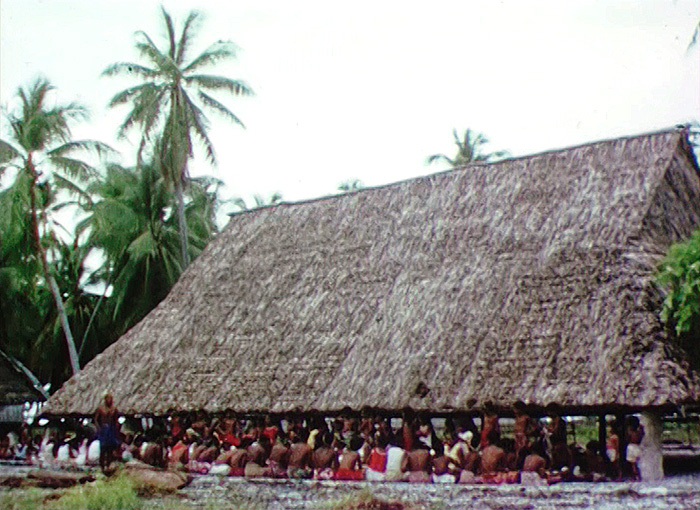
In September 2010, some 70 ethnographic film documents, which the German ethnologist Dr. Gerd Koch shot in the 1960s on the Gilbert Islands Nonouti, Tabiteuea and Onotoa, were returned to the state of Kiribati and the island communities in digitized form (DVD). All films had been recorded without synchronous sound and, according to the standards of the IWF Göttingen at that time, were published as silent films. Many I-Kiribati regretted this and especially pointed out those six film documents which showed dances and songs of the inhabitants of the Gilbert Islands. Since Dr. Koch had a reel-to-reel tape recorder running during the shooting of each of the dance films, an attempt was made to synchronize image and sound by combining film with corresponding sound recordings. The post-synchronized film documents are:
E 917 Micronesians (Gilbert Islands, Onotoa) – »ruoia« Dance »kamei«.
Prod.: 1964, Publ.: 1967; Film, 16 mm, nichtsynchr. Tonband, 33 m; col., 3 min. Post-synchronization: Dr. Wolfgang Kempf, Abbas Yousefpour, Dr. Rolf Husmann, 2011. Doi: 10.3203/IWF/E-917syn.
E 919 Micronesians (Gilbert Islands, Nonouti) – »tirere« Dance »ngeaba«.
Prod.: 1964, Publ.: 1967; Film, 16 mm, nichtsynchr. Tonband, 33 m; col., 3 min. Post-synchronization: Dr. Wolfgang Kempf, Abbas Yousefpour, Dr. Rolf Husmann, 2011. Doi: 10.3203/IWF/E-919syn.
E 919 Micronesians (Gilbert Islands, Nonouti) – »tirere« Dance »ngeaba«.
Prod.: 1964, Publ.: 1967; Film, 16 mm, nichtsynchr. Tonband, 33 m; col., 3 min. Post-synchronization with subtitles: Dr. Wolfgang Kempf, Abbas Yousefpour, Dr. Rolf Husmann, 2011. Doi: 10.3203/IWF/E-919synSt.
A paper on the challenges of post-synchronization will be developed as part of the current research project “Assemblages of Historical Sound Recordings“.

